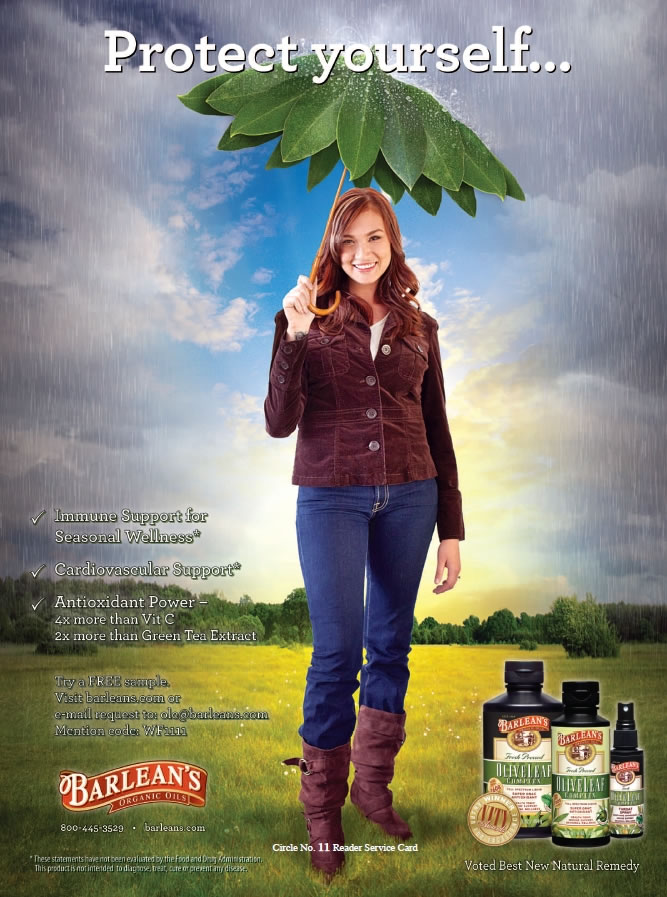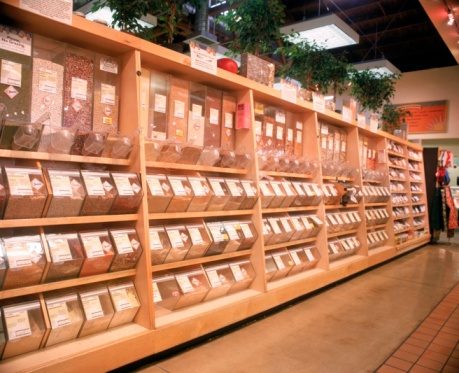April. Your taxes are done. Flu season’s over, and supplement sales are cooling down. Unless your store is located in a summer tourist area, you are facing relatively lower sales over the next few months. This might be a good time to take advantage of the lull and improve your merchandising plan.
Make Do With What You’ve Got
If you are like most independent natural products retailers, you don’t have a large budget for making physical improvements. While it is best to regularly upgrade your fixtures and equipment—something food stores typically do so every six to eight years—if you’re planning on stretching the useable life of your physical plant a few more years, there are still things you can do to perk up your in-store shopping experience for your customers and increase your sales at the same time.
 As a wholesale distributor for 20 years before I started Retail Insights, I got lots of experience mapping out retail natural food-store floor plans. And while putting the products on shelves isn’t rocket science, there are several tricks you can employ to boost sales without spending any money. All that’s required is your time.
As a wholesale distributor for 20 years before I started Retail Insights, I got lots of experience mapping out retail natural food-store floor plans. And while putting the products on shelves isn’t rocket science, there are several tricks you can employ to boost sales without spending any money. All that’s required is your time.
Irresistible Product Flow
To create an effective product flow that subtly encourages shoppers to pick up more items and place them in their carts, I use a simple approach: Heavy to Light. All this means is that shoppers encounter your heaviest products—like liquids in glass—first, and lighter, crushable items, like chips and snacks, last. Why? Because if your lightest, most fragile items are too early in your product flow, those products will wind up on the bottom of your shoppers’ carts, and shoppers won’t want to crush them by placing heavier items on top. They’ll just buy less of those heavy items than they otherwise would. There is another benefit to organizing products by weight and fragility; it helps shoppers assemble meals.
When mapping out a product flow, I usually start with the condiments section. This category includes mustard, ketchup, mayonnaise, pickles, relish and salad dressings, which dovetail nicely with fresh produce, a department often at the start of the shopping pattern. Canned soups and beans follow nicely, with beverages—water, juice, soda, non-dairy—flowing well next. Nut butters, jams, sweeteners and baking items round out the heaviest product categories and make a great segue to crackers, rice cakes, cookies, snacks and chips.
Other tricks include grouping all forms of herbs together, from bulk culinary and medicinal, to bagged teas, to herbal tinctures and capsules. When shoppers realize they can consume herbs in several forms, sales go up.
Please forgive me for not having space to detail my whole product flow scheme here, but feel free to contact me if you’d like a copy of my product-flow template. I’ll be happy to send it to you at no charge. Enjoy your summer! WF
Jay Jacobowitz is president and founder of Retail Insights®, a professional consulting service for natural products retailers established in 1998, and creator of Natural Insights for Well Being®, a comprehensive marketing service designed especially for independent natural products retailers. With 35 years of wholesale and retail industry experience, Jay has assisted in developing over 1,000 successful natural products retail stores in the U.S. and abroad. Jay is a popular author, educator, and speaker, and is the merchandising editor of WholeFoods Magazine, for which he writes Merchandising Insights and Tip of the Month. Jay also serves the Natural Products Association in several capacities. He can be reached at (800)328-0855 or via e-mail at jay@retailinsights.com.
Published in WholeFoods Magazine, April 2012










